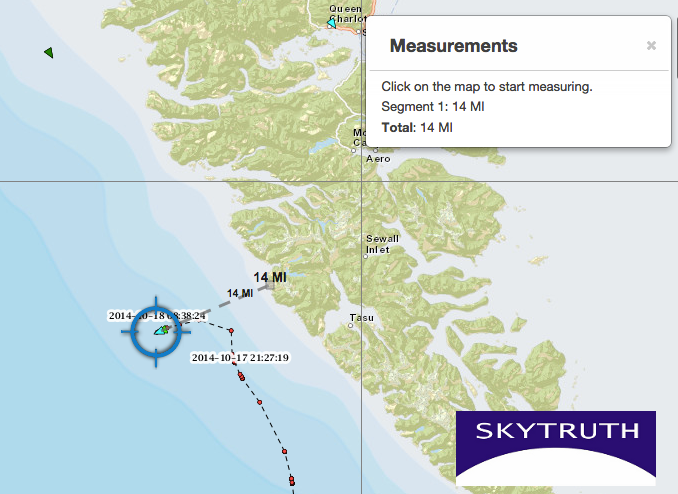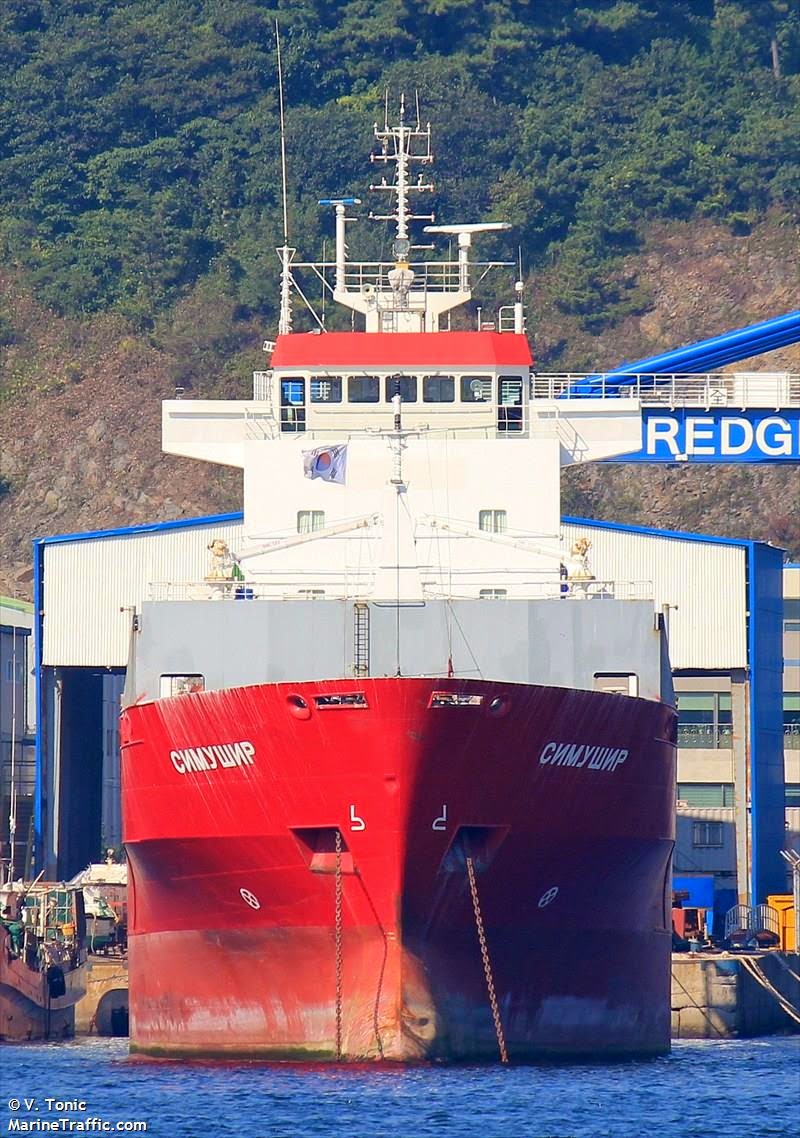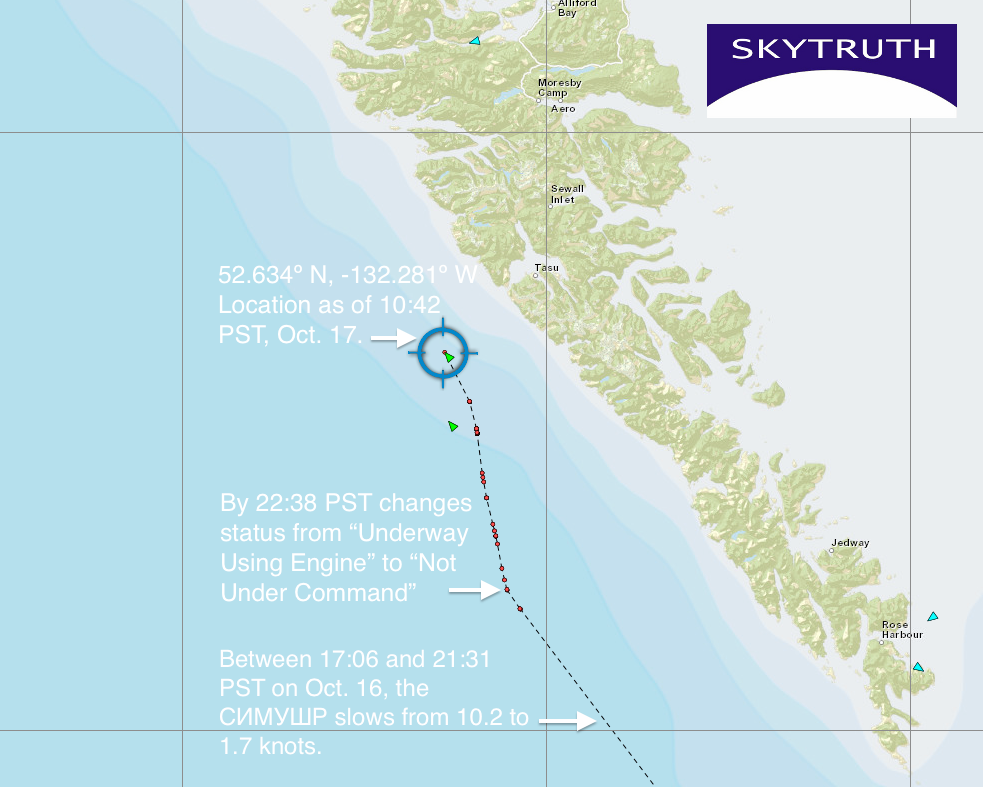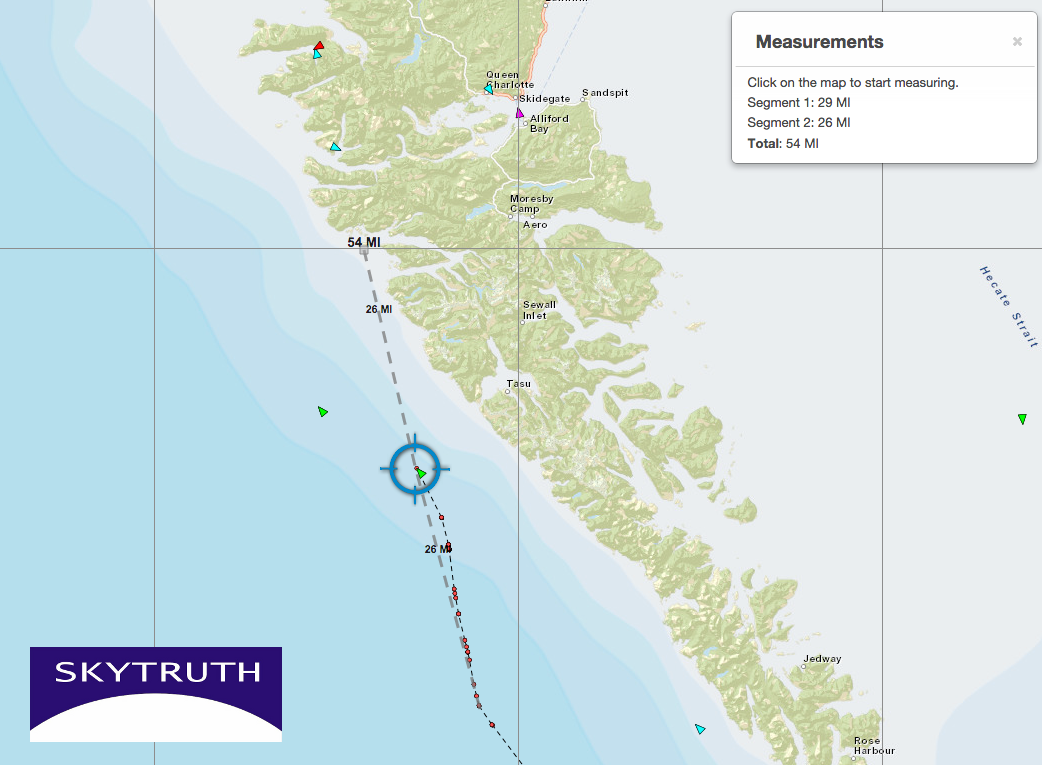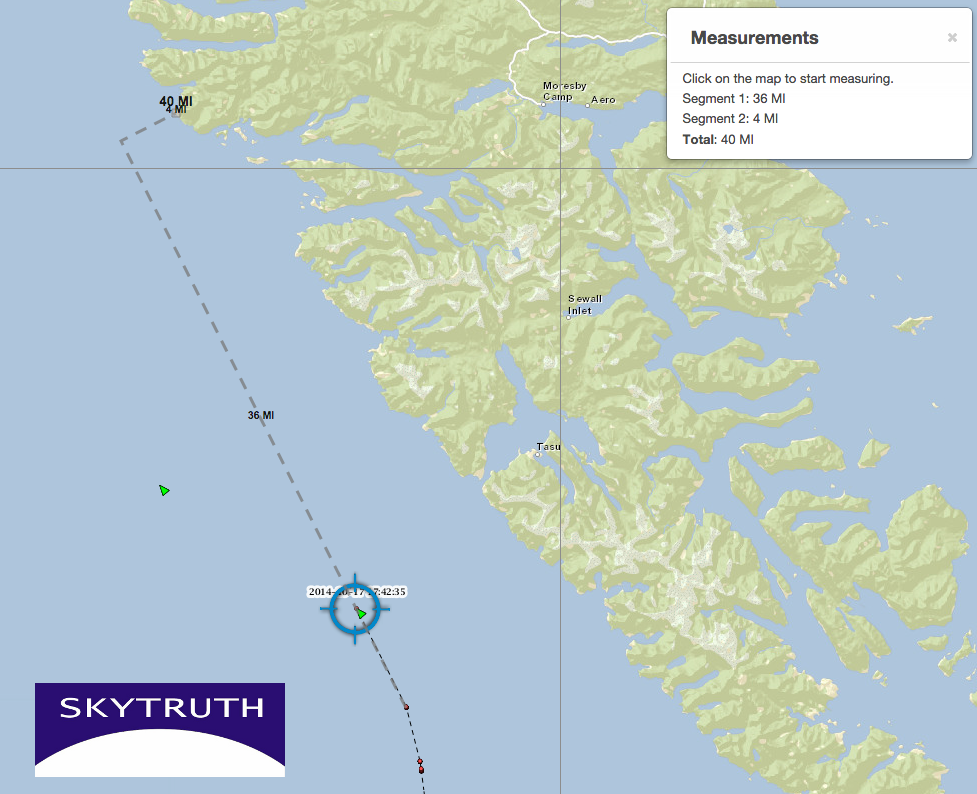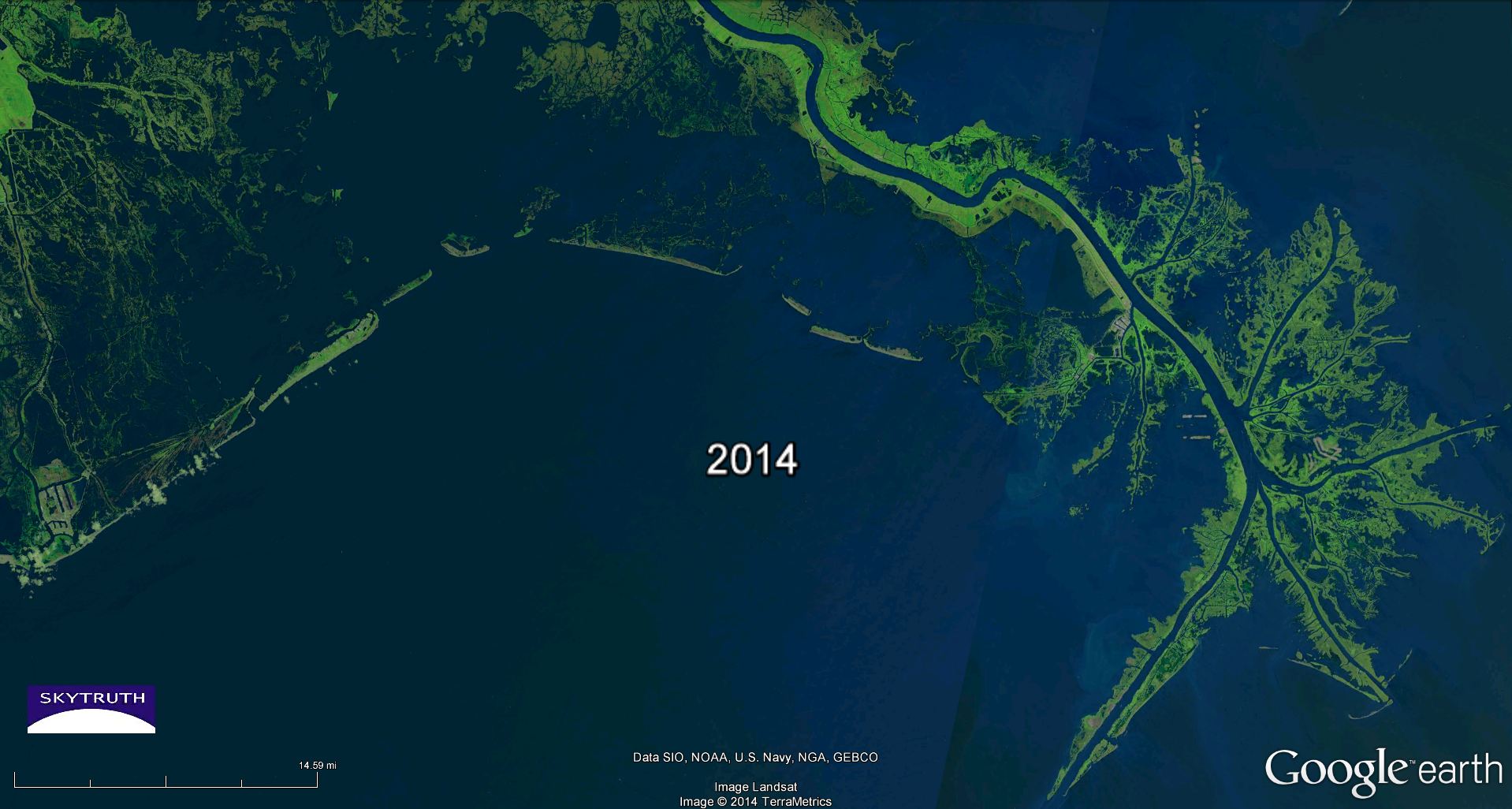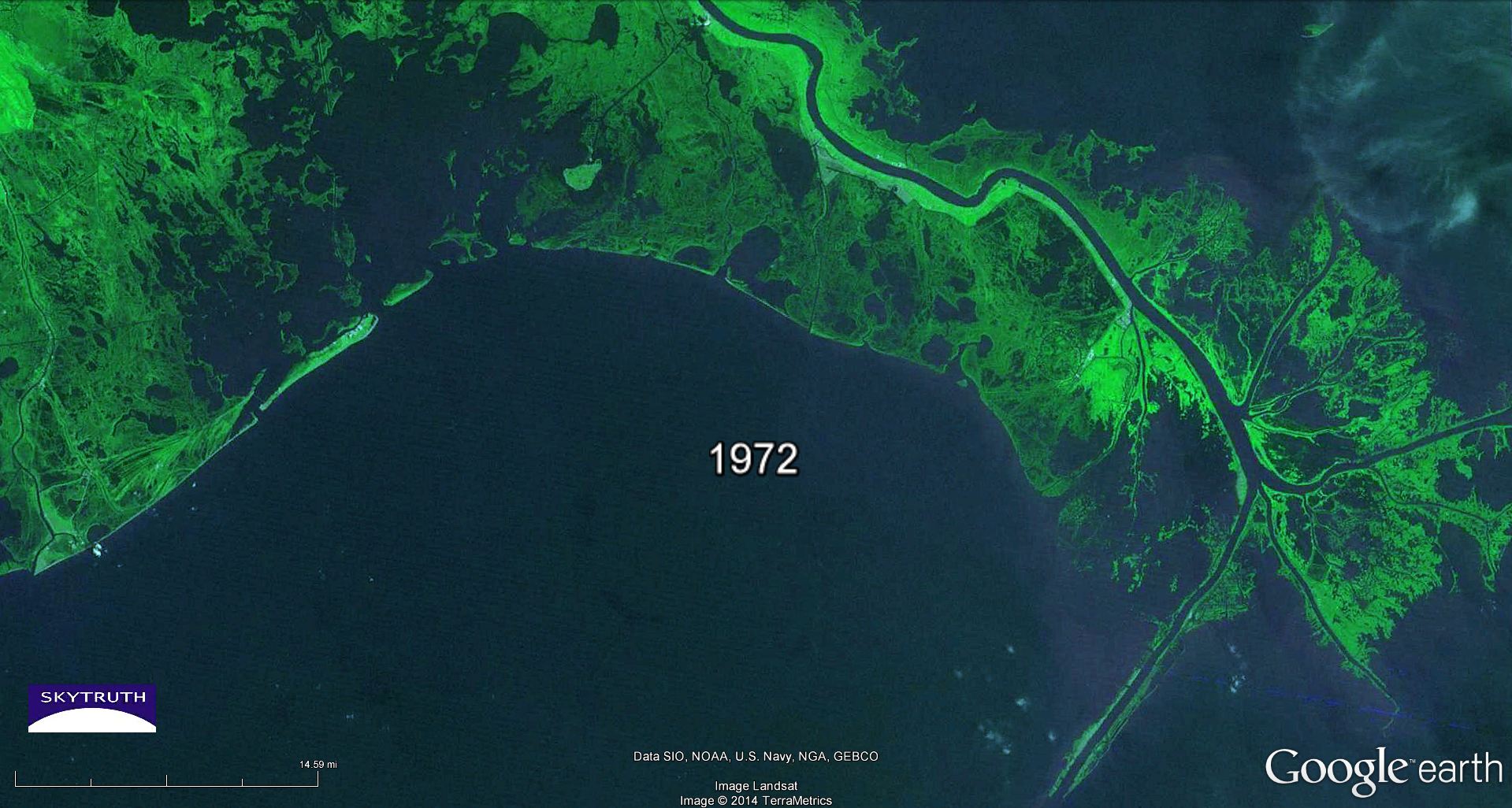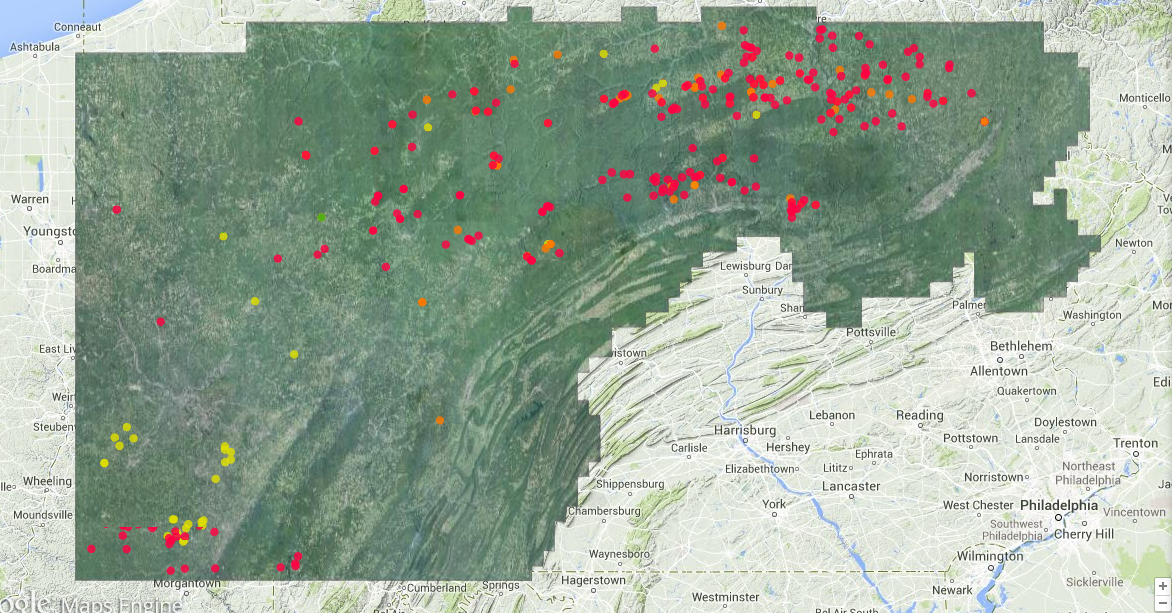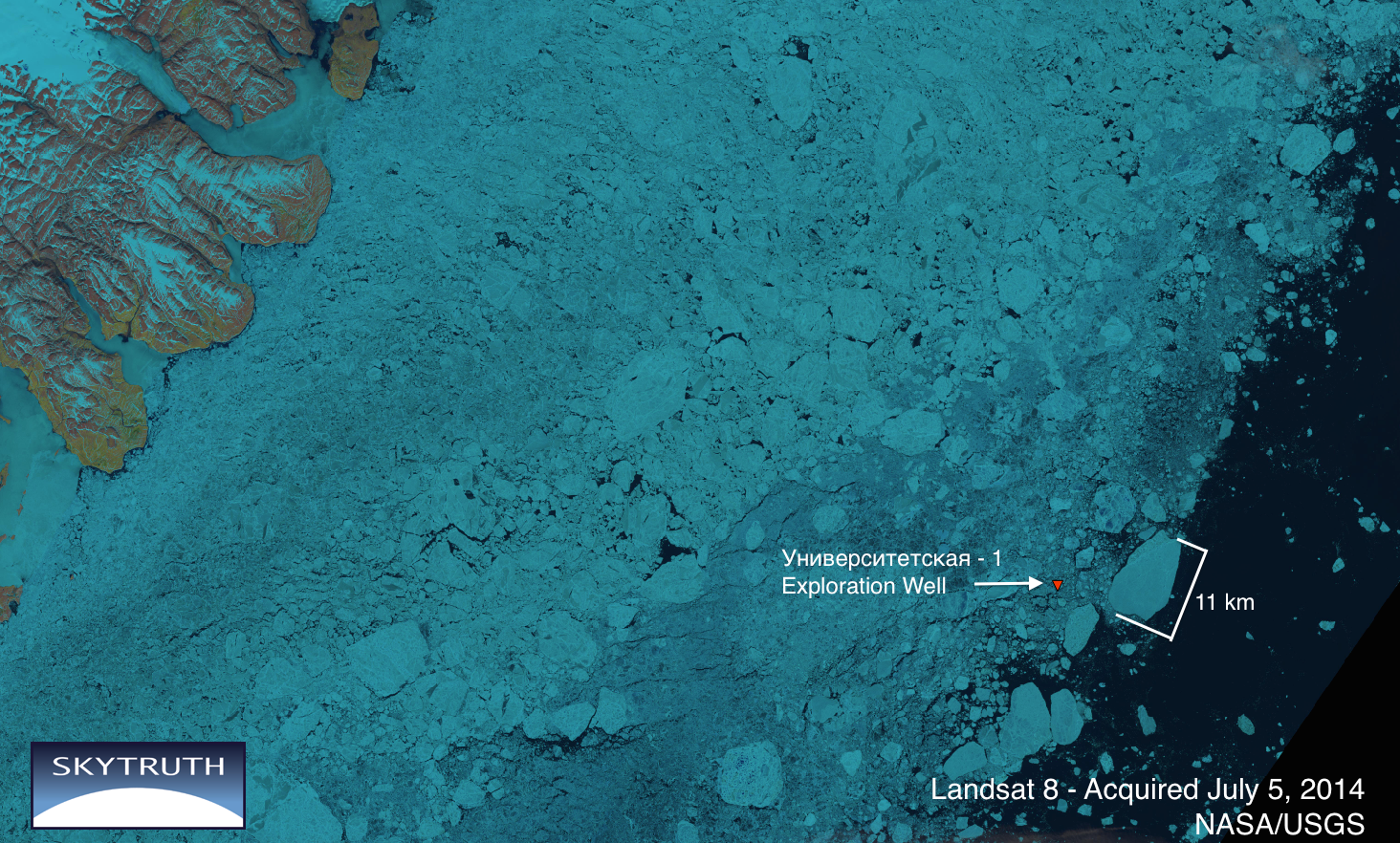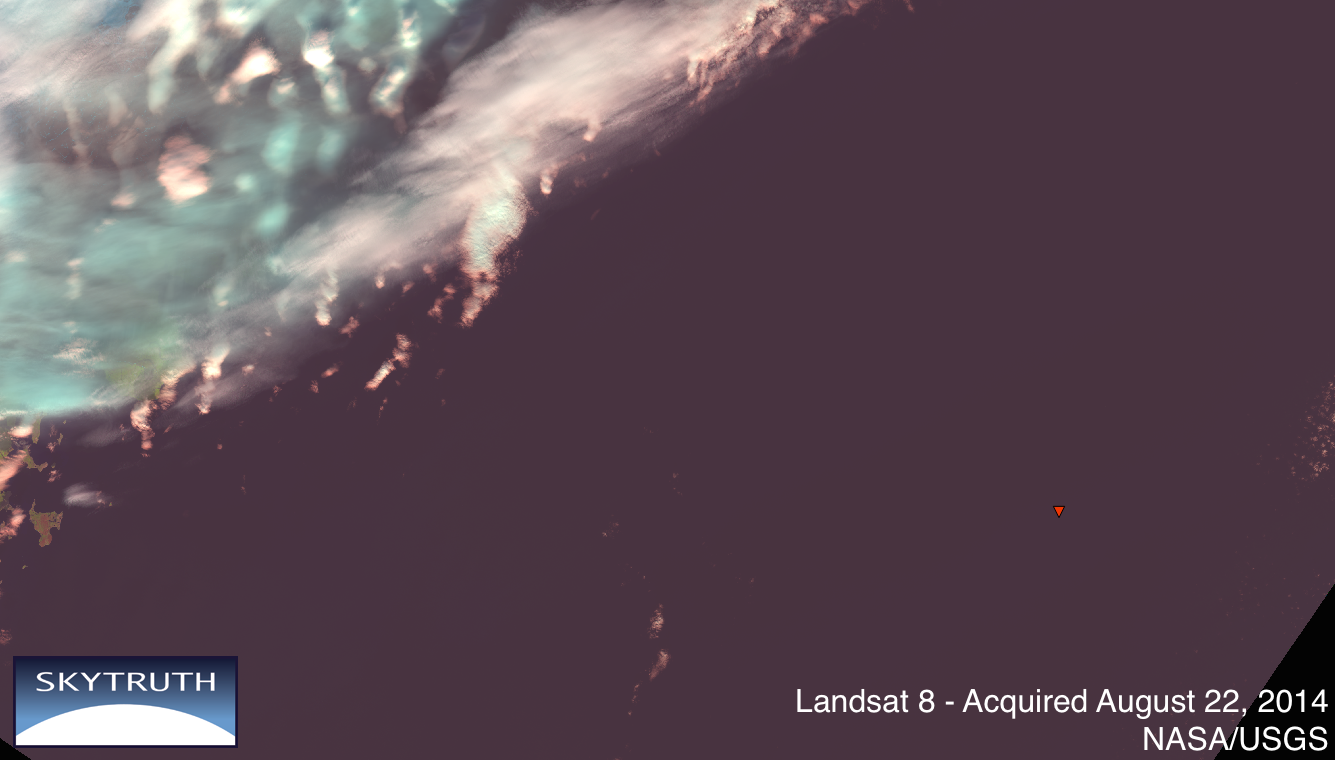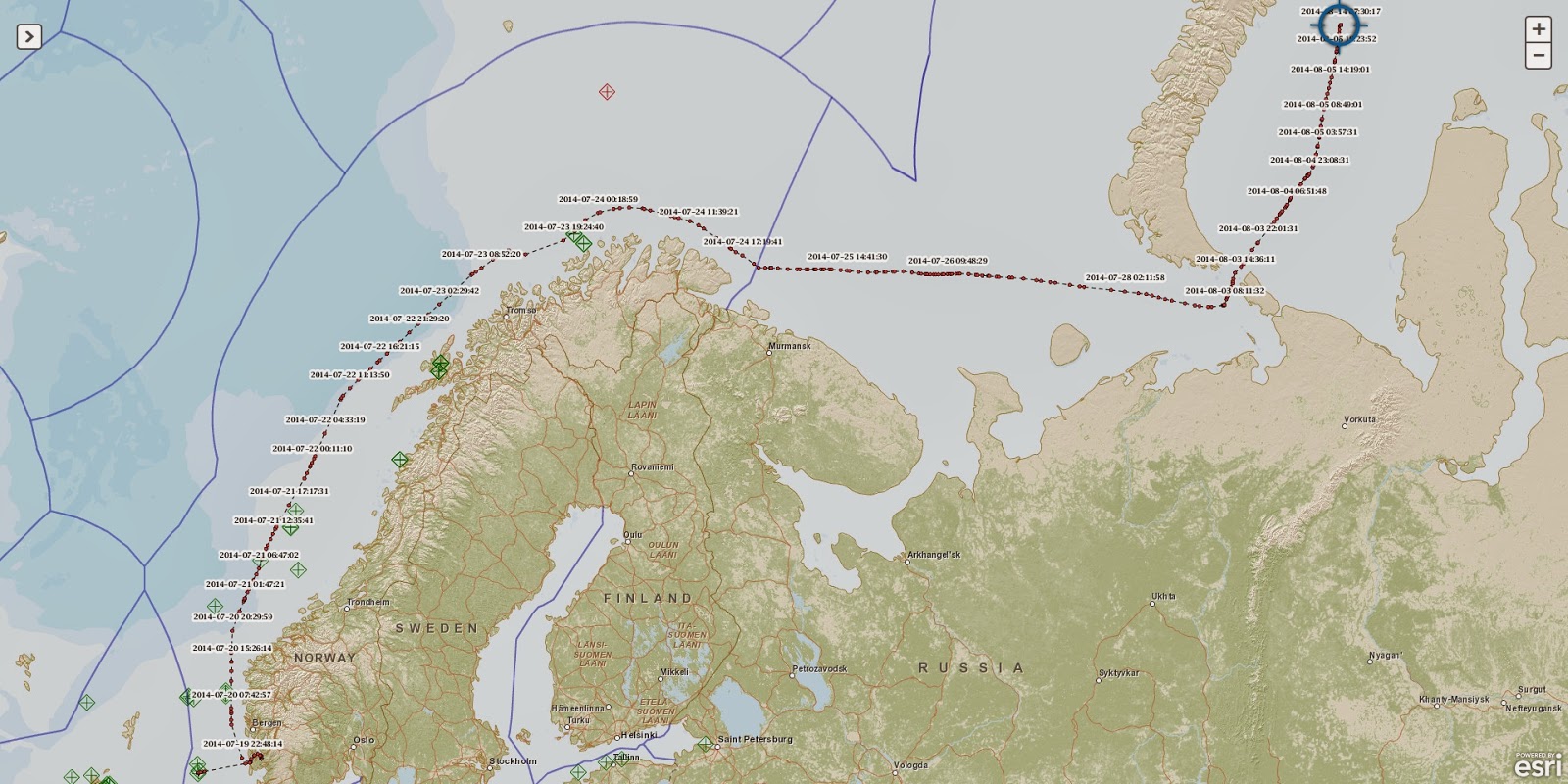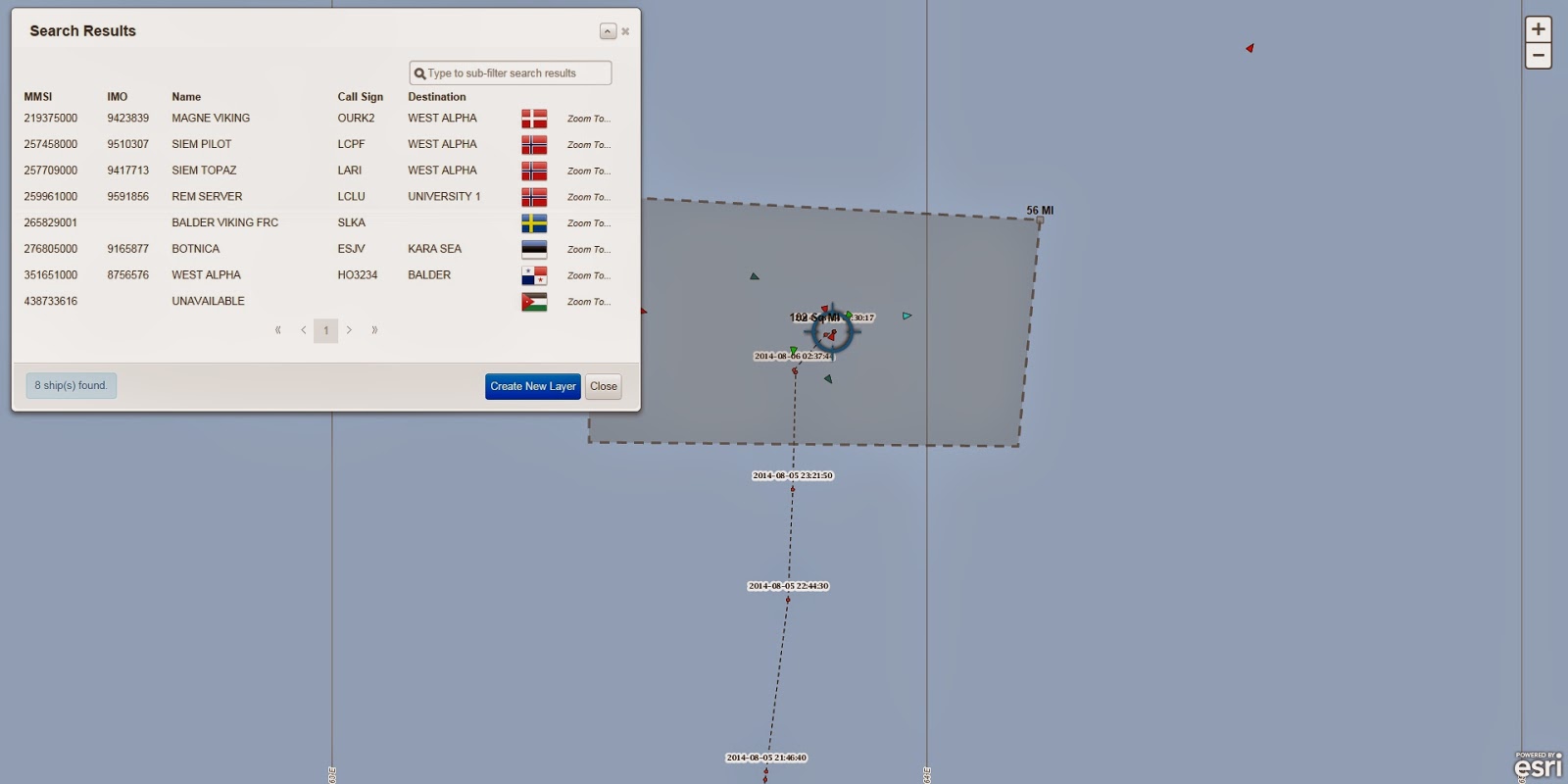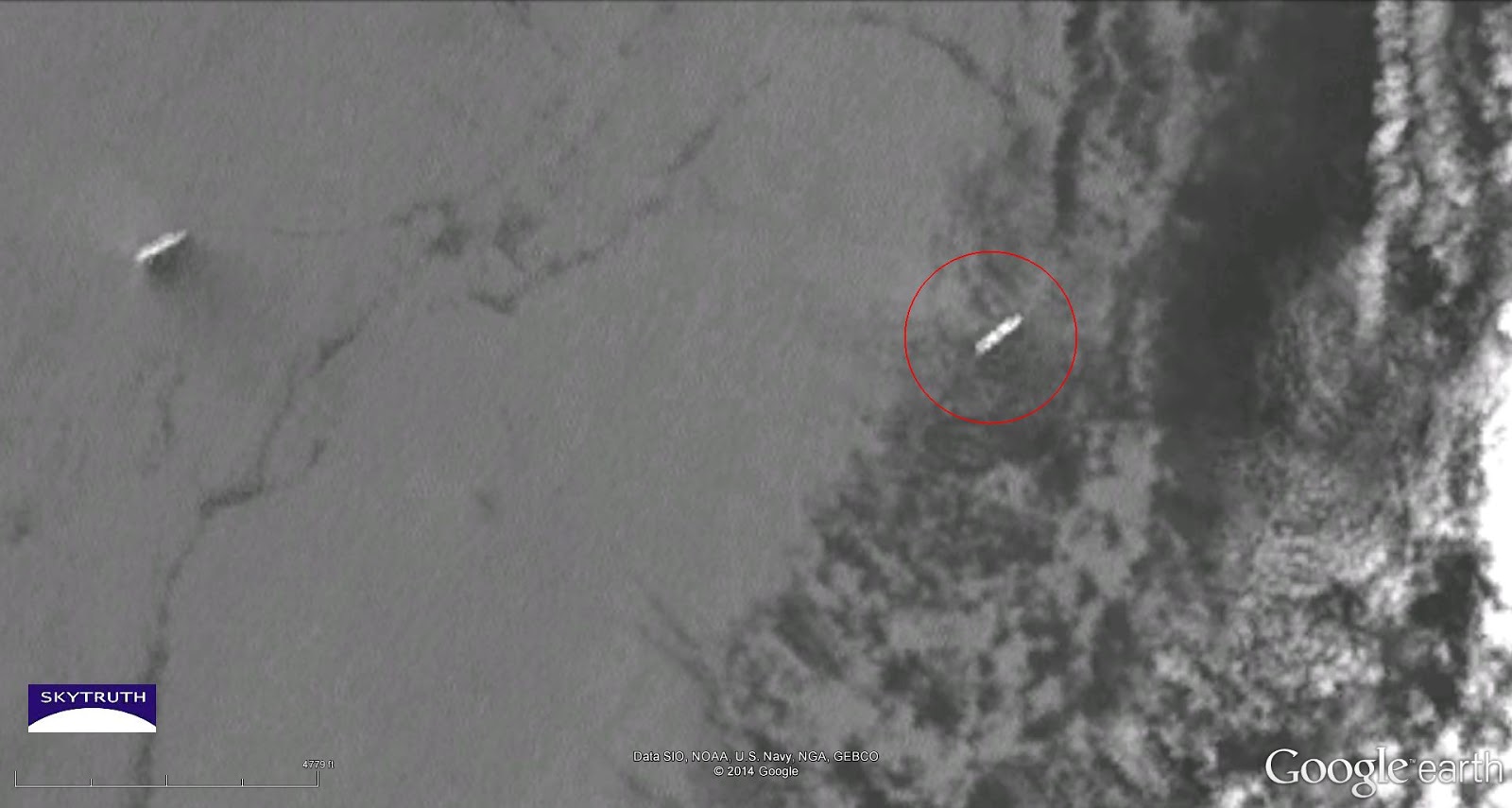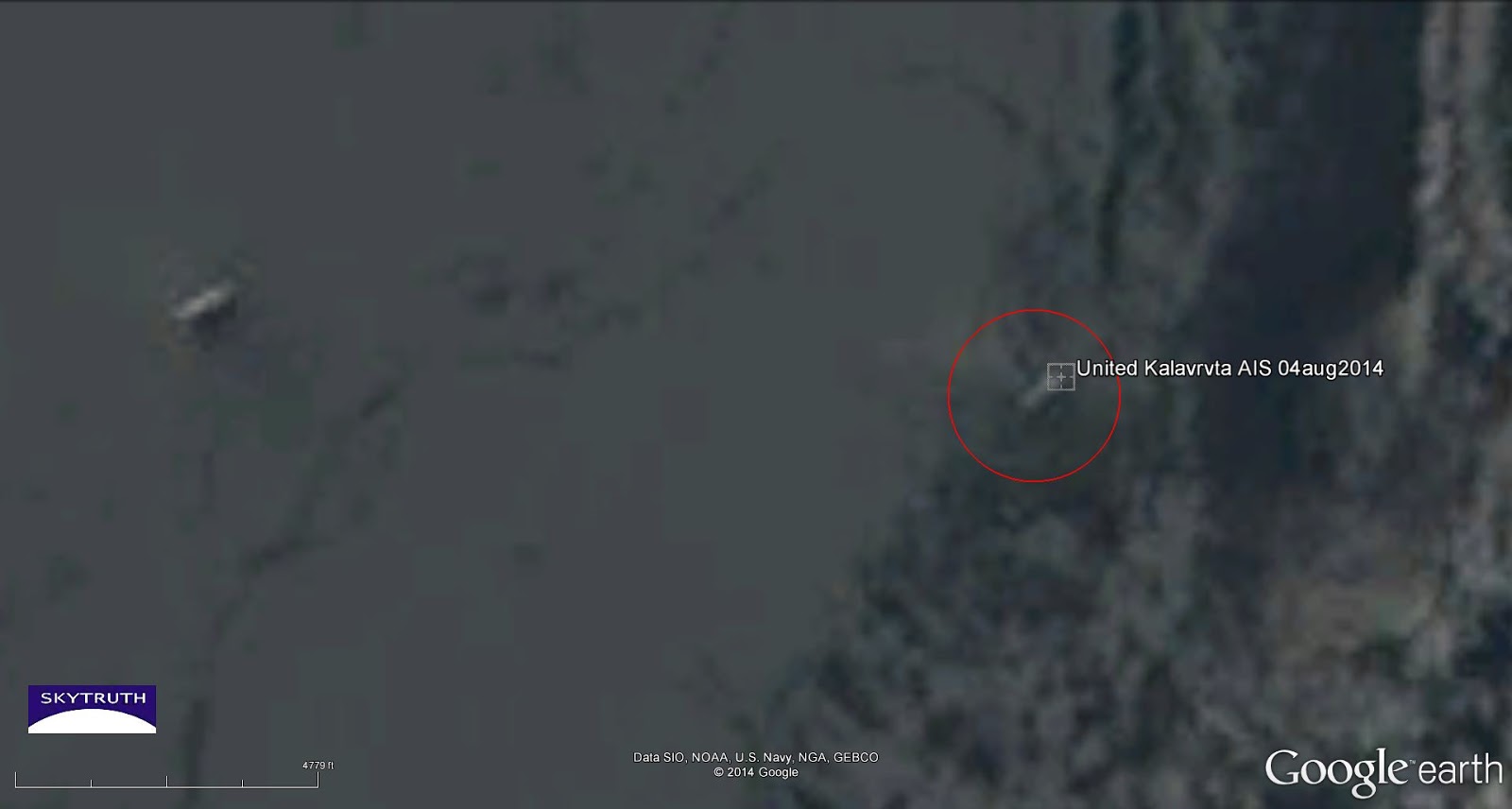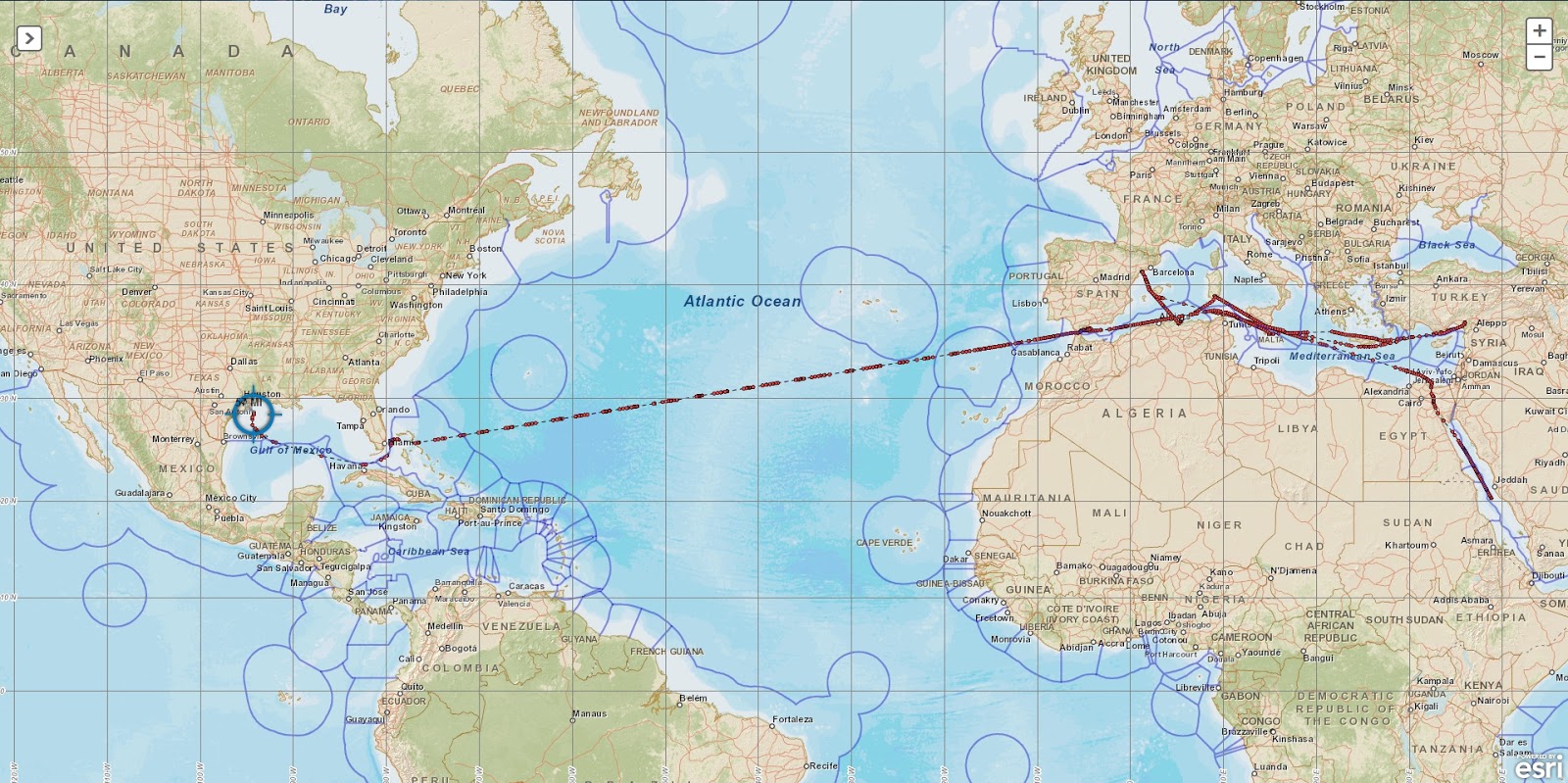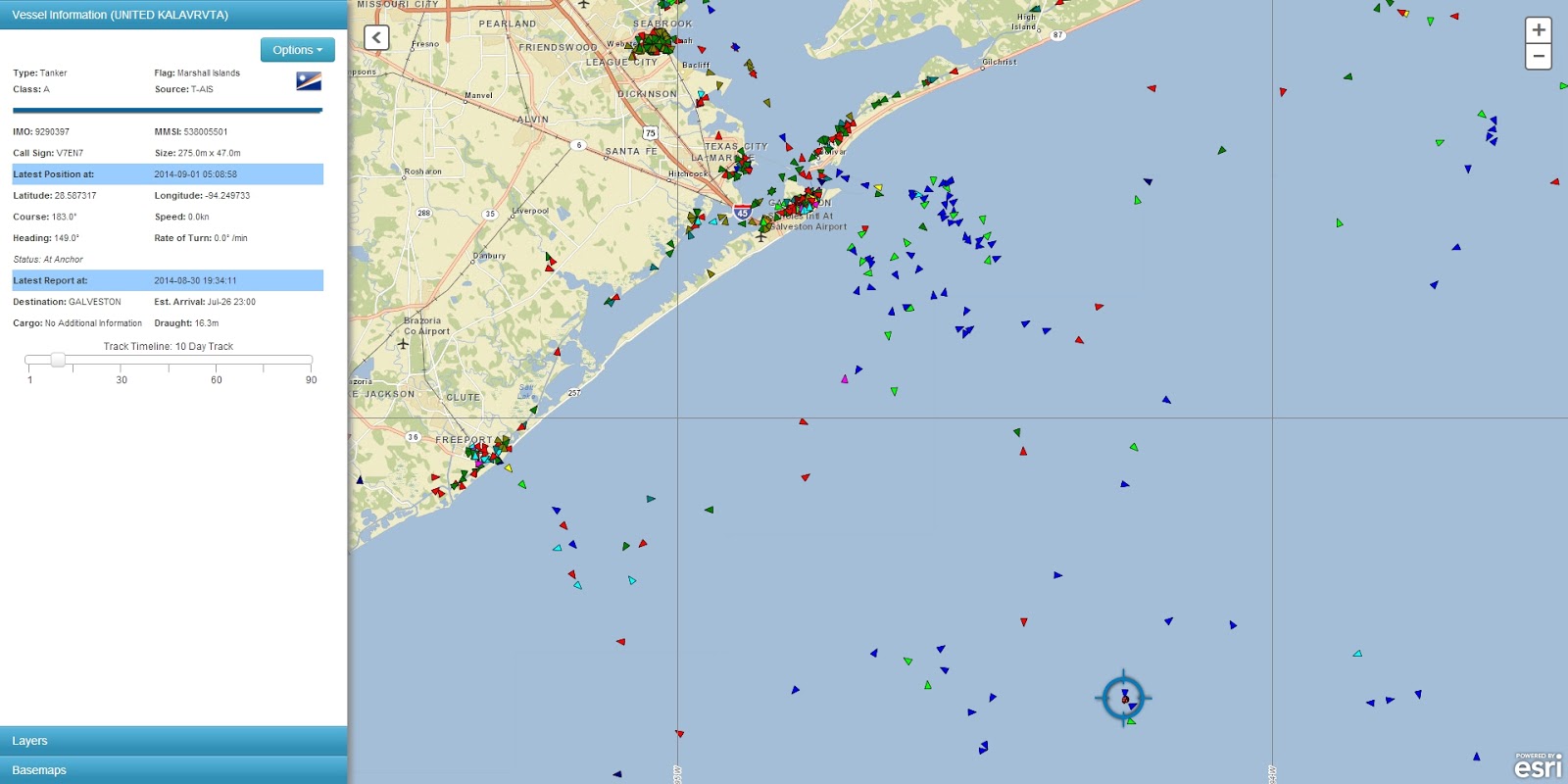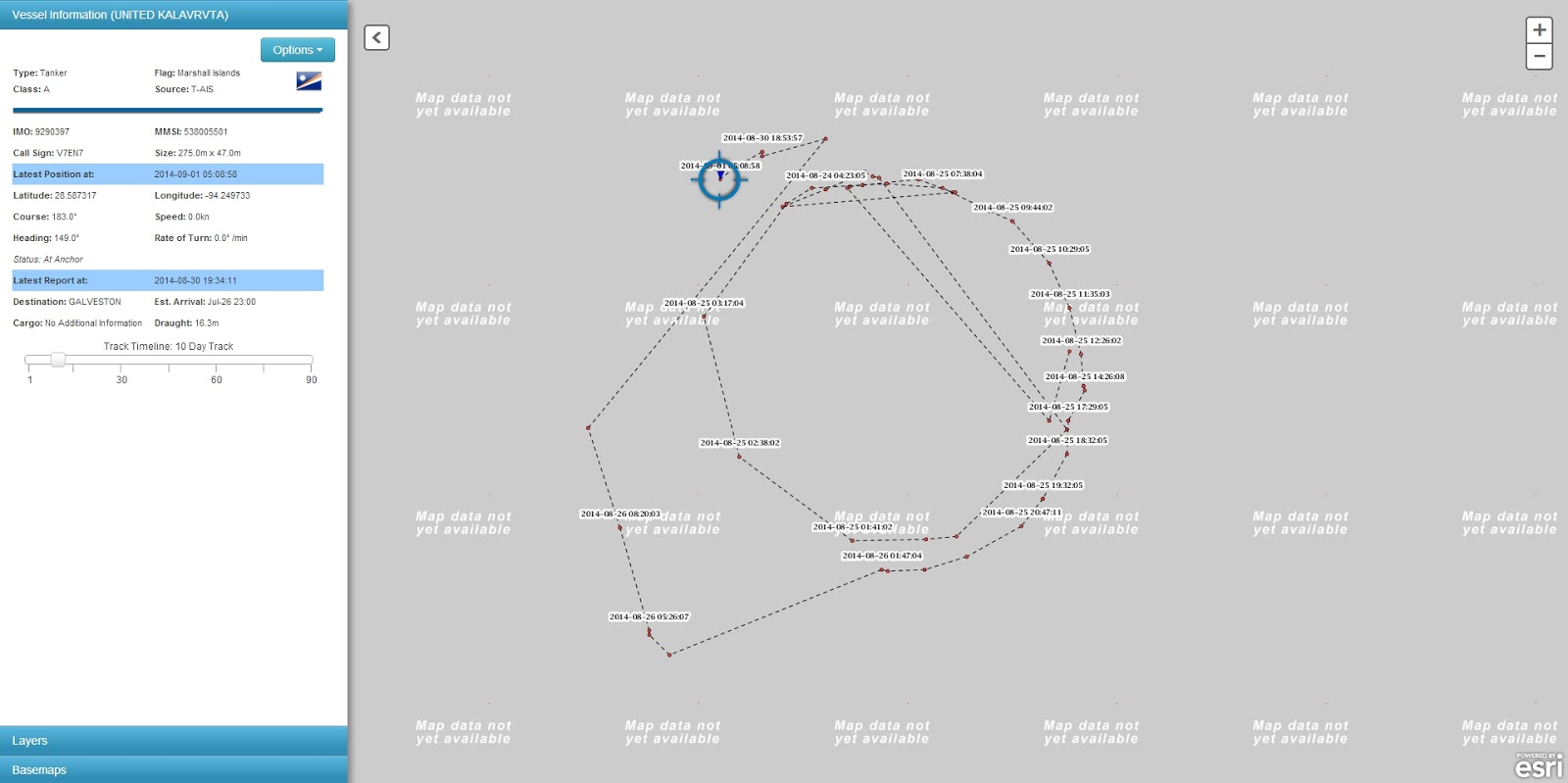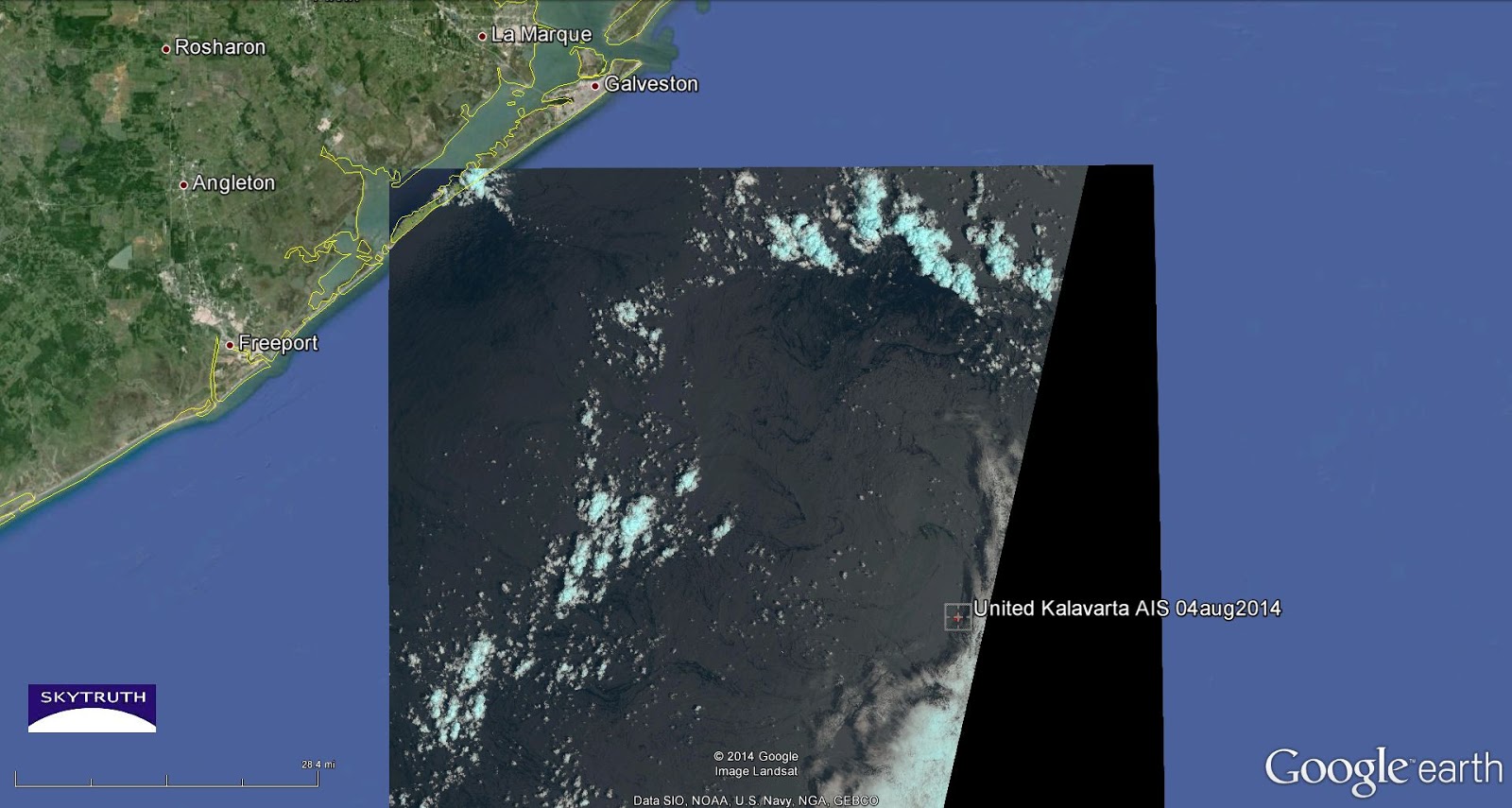UPDATED OCT. 18, 2014 at 9:42 AM: Canadian Coast Guard patrol vessel Gordon Reid has gained control of the "Симушр" and is towing it out to sea. As of 6:00 am, the Reid had put 14 miles between the stricken tanker and the coast of Haida Gwaii. USCG Spar is arriving on the scene, but the American tugboat Barbara Foss was still over 200 miles out.
The situation looks more promising, but winds are picking up again and more inclement weather is anticipated. More from the CBC...
ORIGINAL POST: Canadian media and the Council of the Haida Nation are reporting that a 443 foot Russian cargo vessel lost power early this morning in gale-force winds, and is now slowly drifting towards the Canadian coastline. The Симушр (pronounced "Simushir") is a cargo vessel, but is also laden with over 110,000 gallons of "bunker fuel" (a heavy fuel oil) and 13,000 gallons of diesel fuel (500 and 60 metric tonnes, respectively).
From MarineTraffic.com - The СИМУШР in port in Busan, S. Korea.
According to satellite AIS data, the vessel is 10 miles SE of the coast, and slowly drifting almost due north at an average speed of 2.87 knots (3.3 mph) over the last 9 hours. Weather reports referenced by the Haida Nation stated, "Thirty-five to forty-five [MPH?] south-east winds are blowing the vessel to shore in a 7-10 metre sea." However the release also stated that the winds are expected to turn westerly in the afternoon.
Timeline of the СИМУШР's drift since Oct. 16, 2014 based on satellite AIS data. The vessel is currently 10 miles from the nearest point of land.
A weather buoy off the coast of Haida Gwaii is reporting that the wave height is down to 4.5 meters, but the winds are still coming from the southwest at 16-19 knots (~18-22 MPH). We cannot say with any certainty how the currents or winds will effect the vessel as it gets closer to shore, but a few straight-line calculations may put the risk in perspective.
If we plot a straight line from where the Симушр reported it was no longer under command, through the vessel's last reported location, all the way to landfall with the coast; we find it has drifted approximately 29 miles in just under 9 hours. On this trajectory, it could reach the northern part of Haida Gwaii in 26 miles during the early hours of October 18th.
Fortunately, the last few reports show the path is shifting slightly toward the west. If we plot a straight line between the last two reported locations...
This trajectory clears the coastline by 4 miles, again in the early hours of tomorrow morning.
However, ocean currents and winds do not follow straight lines, so reality will almost certainly be somewhat different than these projections. Thankfully, nearby vessels like the North Star, an 839 foot American container ship, are closing in on the stricken ship to assist it. Additionally, the Gordon Reid, a Coast Guard Patrol Vessel, is only 21 miles away and closing fast. The Reid was originally reported to be 750 km (466 mi) away. This post will be updated as details unfold.
###

